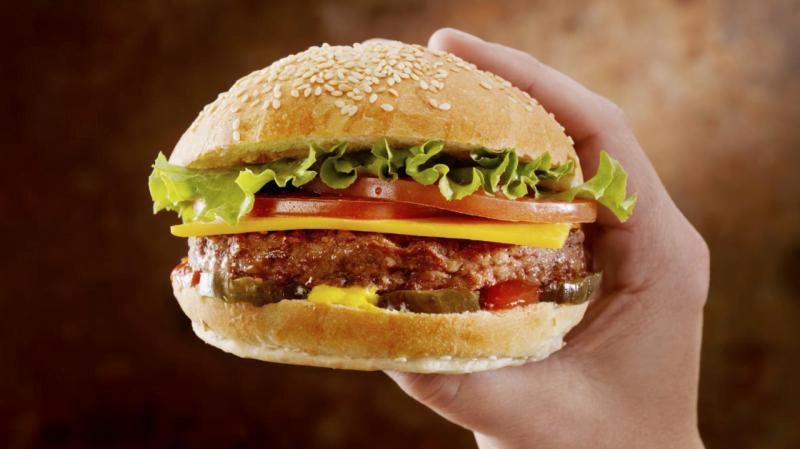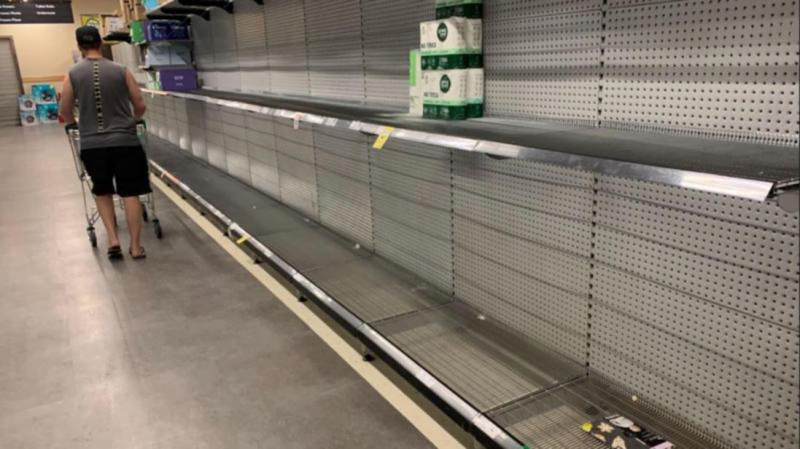Supermarket giant Woolworths has posted a 9.7 per cent jump in March quarter sales to $15.12 billion, underpinned by its Australian supermarkets which gained on the back of higher food prices as inflation edged up.
It was another bumpy period as a fresh COVID-19 surge in early January led to higher at home food consumption, boosted by rising inflation, while staff absenteeism and disruption of the broader supply chain led to stock shortages on shelves and customer complaints.
The $46.5 billion chain’s earnings engine room – the Australian Food retailing business with 1085 supermarkets and Metro Food stores – lifted sales 5.4 per cent to $11.43 billion in the 13 weeks to April 3. The late Easter holiday shifted some spending into the June quarter and reduced reported sales growth.
Same-store sales were up 4.4 per cent, exceeding rival Coles’ comparative growth of 3.9 per cent.
JP Morgan analyst Bryan Raymond had been looking for group sales of $14.92 billion, a gain of 8.2 per cent in the quarter, and like for like sales growth of 3.3 per cent.
Woolworths chief executive Brad Banducci said that in recent weeks the retailer had seen “more stability across the Group but store stock service levels remain[ing] below normal levels.”
Sales at discount chain Big W fell 3.5 per cent, negatively affected by restrictions of shoppers early in the quarter and suffering by comparison with a booming lockdown growth rate of 18.3 per cent in the March 2021 quarter. Same store sales fell by the same amount.
Last Thursday Coles reported third quarter sales had increased 3.6 per cent to $9.1 billion, a good top-line result given the reduced availability of some products and store closures from floods.
Notable increases in Long Life categories included drinks and household products, fresh meat – most notably beef – and vegetables where supply was reduced by poor growing conditions and flooding.
But prices for some fruits – such as apples and avocados – fell.
Woolworths said it incurred $66 million in COVID-19 related costs, representing about 0.4 per cent of sales. Coles had recorded $30 million at its sales update.
The company warned that its New Zealand Food earnings before interest and tax would be between $NZ120 million to $NZ140 million – a decline of 16 per cent to 28 per cent- taking a hit due to higher COVID-19 related costs.
Mr Banducci said New Zealand Food had a very challenging third quarter.
“The impact of omicron, which was felt later in the quarter, led to supply chain disruption and out of stocks that peaked in March,” he said.
He expects COVID-19 costs to fall back, but remain higher in New Zealand and Western Australia compared with the Eastern states.
Extracted from AFR



